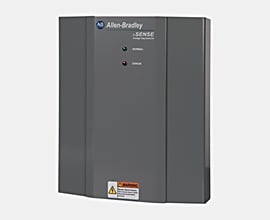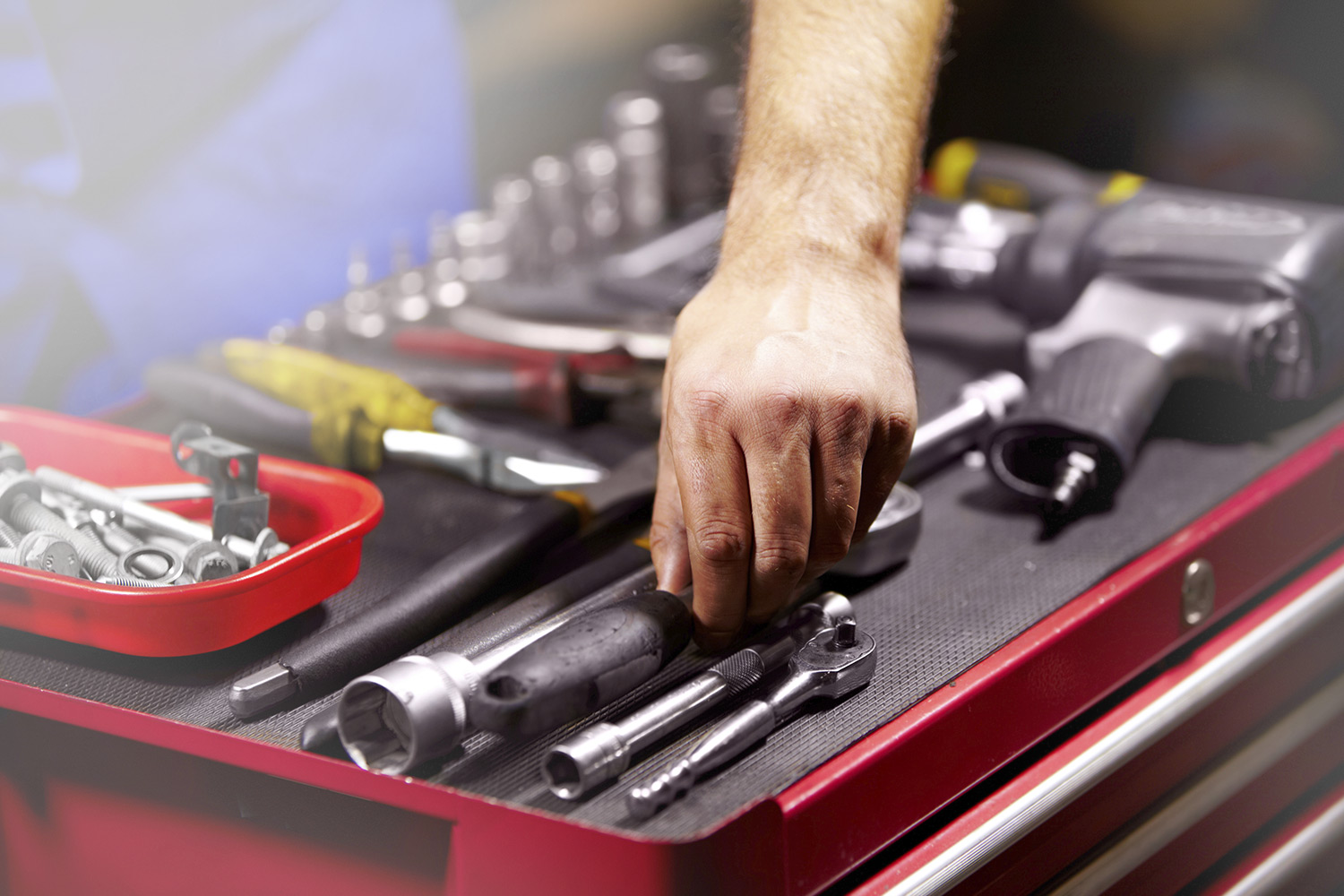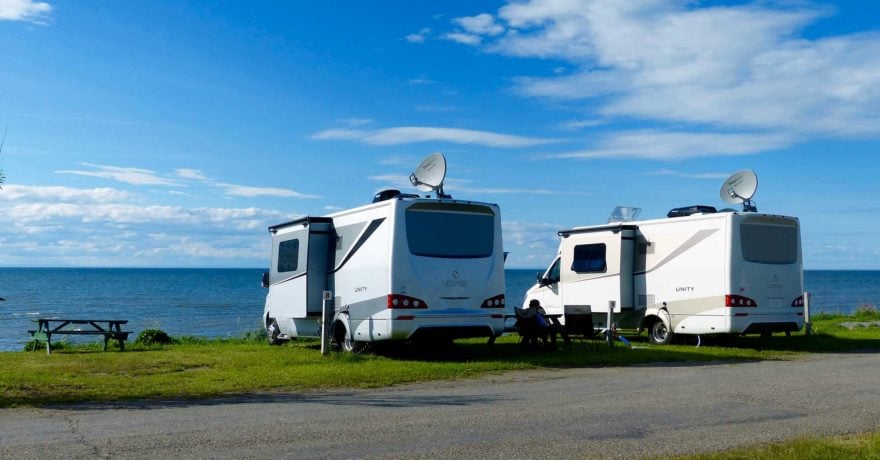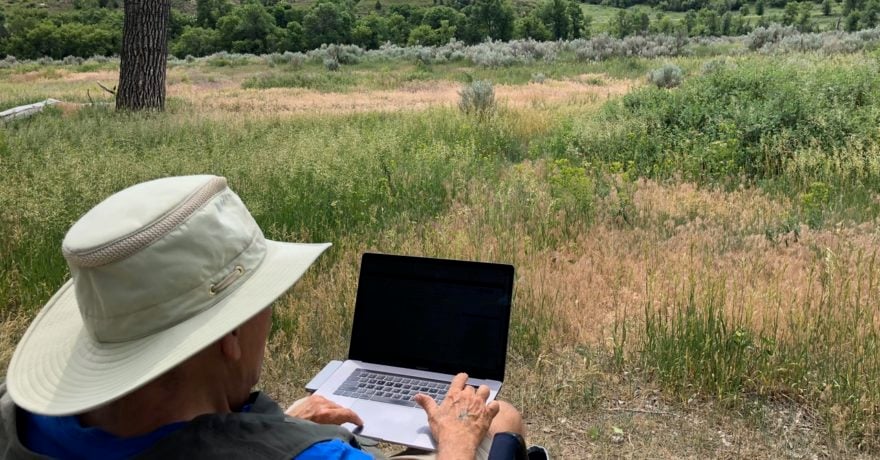Doing annual maintenance checks can prevent breakdowns on the road
The list looks daunting, but I rotate the tasks throughout the year to help balance the work and the budget.
Every January or February, I have an annual engine maintenance done with oil change, filters and entire check of the engine. For an engine check, go to a dealer that works on your specific chassis. For example, you may have a Mercedes Benz Chassis or a Ford Chassis, so go to that type of dealer to have your engine worked on, then go to the RV dealer or a mobile tech to have RV specific things like slides, jacks, refrigerators, and water heaters worked on.
I have found it helpful to develop a professional relationship with a good mobile tech because they often are used to dealing with multiple systems and multiple problems and are good at troubleshooting.  My mobile tech is based out of my home town, has performed work on the coach for over four years—knows it well, and I can watch him work. I save a list for him so the mobile charge isn’t hard to bear, and it beats waiting at the dealership. He meets me where I store the RV or at an area RV park if I am camping locally.
My mobile tech is based out of my home town, has performed work on the coach for over four years—knows it well, and I can watch him work. I save a list for him so the mobile charge isn’t hard to bear, and it beats waiting at the dealership. He meets me where I store the RV or at an area RV park if I am camping locally.
The list that follows is a general overview of anticipated maintenance for our coaches. Equally helpful might be to find a mechanic you trust to give you advice and keep an eye on your coach.
First, read your entire owner’s manual and follow the recommendations for periodic maintenance. Then consider the following maintenance schedule, modified according to your manufacturer’s recommendations:
-
At least twice each year, you should be changing engine oil and filters.
-
At least once a year, service your slides and leveling systems and generator.
-
About every two years, flush the brake fluid and bleed the system.
-
About every four years change the engine coolant and inspect belts and hoses, service your automatic transmission, and power clean the grey and black tanks.
-
About every five to six years, take a good look at your tires. Replace them more often if you put a lot of miles on them or if they get a lot of sun.
In addition, develop a plan for the following annual checks:
-
Roof inspection with instructions to ask the tech to re-caulk as necessary.
-
LPG leak test—be sure the technician takes a look at the gas pressure, checks for gas leaks, cleans the flue tube and burner jet and checks the LP gas safety shutoff. Ask that every appliance with a gas igniter be checked. Be sure to have a certified LP technician complete this work. Igniters on water heaters and refrigerators are easy to access. Furnaces are tough to access and technicians may not service them until they fail.)
-
Water heater anode rods—check yours annually if it is a Suburban model and replace the anode rod if necessary. You can skip this check if you have an Atwood water heater.
Setting Up A Preventive Maintenance Plan
 Use a voltage monitor (plugs into outlet and costs about $8) and watch this monitor when plugging into a park pedestal to be sure voltage is adequate to run appliances such as air conditioner and microwave at same time. Watch for power fluctuations when parks fill up or multiple air conditioners begin drawing power. The monitor shows a safe range display. If you are at low end of safe, turn off as many electrical appliances as possible. For even better safety, consider purchasing a surge protector to protect your electrical systems from sudden power surges which can burn out components.
Use a voltage monitor (plugs into outlet and costs about $8) and watch this monitor when plugging into a park pedestal to be sure voltage is adequate to run appliances such as air conditioner and microwave at same time. Watch for power fluctuations when parks fill up or multiple air conditioners begin drawing power. The monitor shows a safe range display. If you are at low end of safe, turn off as many electrical appliances as possible. For even better safety, consider purchasing a surge protector to protect your electrical systems from sudden power surges which can burn out components.
Learn how to lubricate entry steps and do so a couple of times a year. Use a dry lube (not WD40 or oil because it will draw dirt.)
Run your generator every month for two hours under load (run the air conditioner or furnace and make something in the microwave).
Do a battery check before each trip. Check the water level. If you have a maintenance-free, sealed battery, you can skip this task. Also ask a technician to check the batteries annually. The technician should look at the battery terminals, electrolyte level and amount of charge. A normal operating voltage is 10.5 to 13.5 volts DC.
Also ask the technician to check the condition of the battery cables. You may need to replace cables before replacing batteries. Batteries are the heart of the RV. Replacing them on a regular schedule can give you increased safety and peace of mind. You will need to replace all batteries at once because a bank of batteries is only as good as its weakest link. An easier way to do this is to replace house batteries one year and engine batteries another year. Repeat every three to four years for safety.
Clean excess battery corrosion with one-half teaspoon baking soda in one cup water. Spray in a mister until bubbling stops on top of batteries, then wipe clean. Do this every month or so, and always wear safety glasses.
Add distilled water to the batteries every one to four weeks. Fill to one-quarter inch below top of cells. Use only distilled water.
Keep your air conditioner filters clean inside by removing and washing with mild soap and water. Do so every month or so in dusty parts of the country. If you are driving or camping in areas with leaves, have a technician go up on the roof, remove the outer shroud once a year and blow out any debris. Many air conditioner problems are due to dirty filters. When camping in hot weather, start the air conditioner early in the morning with drapes closed and sun screens in place.






Comments